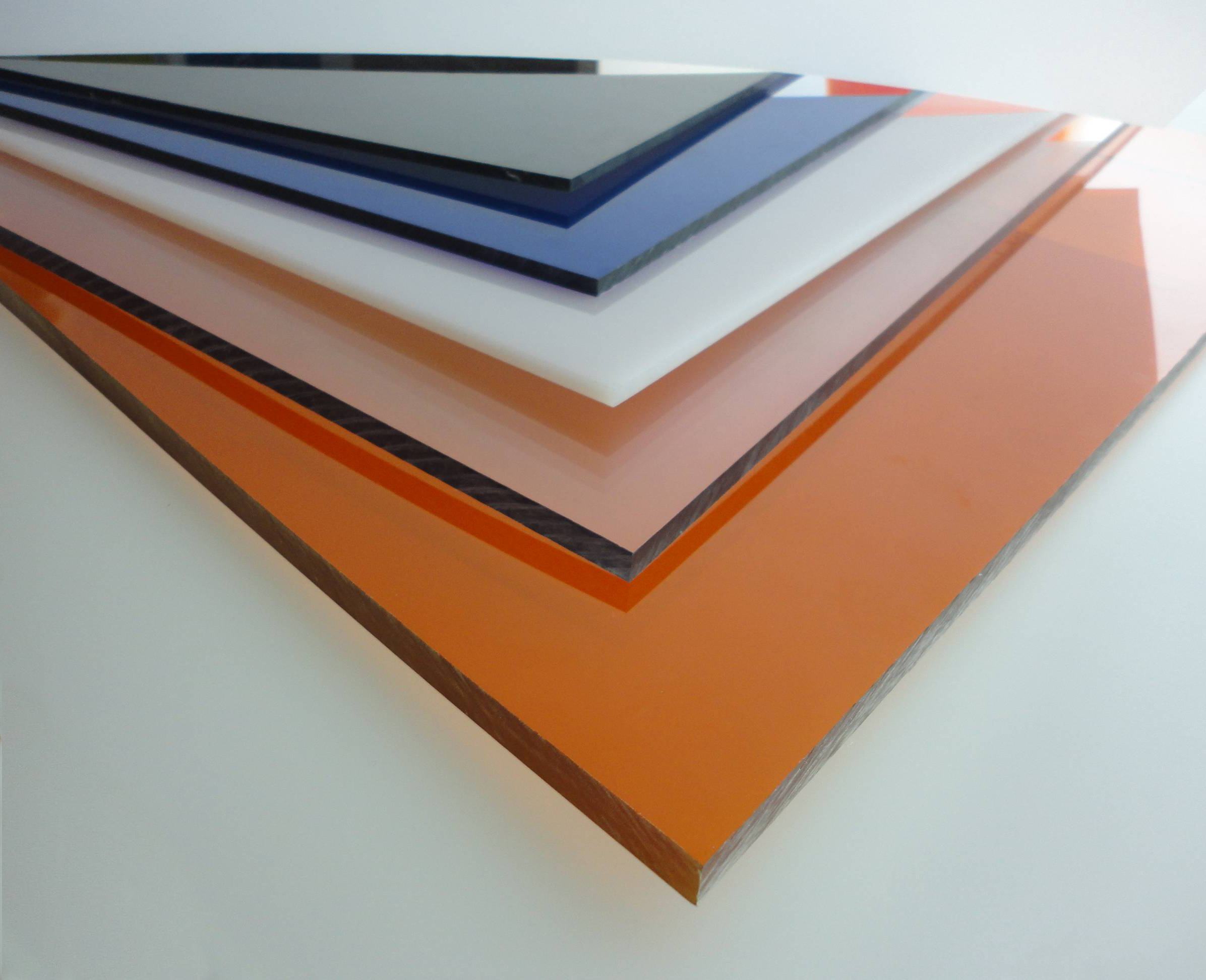nature
Density: 1.2
Usable temperature: −100 ℃ to +180 ℃
Heat distortion temperature: 135 ℃
Melting point: about 250 ℃
Refraction rate: 1.585 ± 0.001
Light transmittance: 90% ± 1%
Thermal conductivity: 0.19 W/mK
Linear expansion rate: 3.8×10-5 cm/cm℃

Chemical properties
Polycarbonate is resistant to acids, oils, ultraviolet rays and strong alkalis.
Physical properties
Polycarbonate is colorless and transparent, heat-resistant, impact-resistant, flame-retardant,
It has good mechanical properties in normal use temperature.
Compared with polymethyl methacrylate with similar performance, polycarbonate has better impact resistance.
High refractive index, good processing performance, UL94 V-2 flame retardant performance without additives.
However, the price of polymethyl methacrylate is lower,
And can produce large-scale devices through bulk polymerization.
With the increasing production scale of polycarbonate,
The price difference between polycarbonate and polymethyl methacrylate is shrinking.
When polycarbonate burns, it emits pyrolysis gas, and the plastic scorches and foams, but it does not catch fire.
The flame is extinguished when it is away from the fire source, emitting a thin smell of phenol, the flame is yellow, glowing pale black,
The temperature reaches 140℃, it starts to soften, and it melts at 220℃, which can absorb infrared spectrum.
Polycarbonate has poor wear resistance.
Some polycarbonate devices used for wear-prone applications require special surface treatment.
Post time: Mar-18-2021
